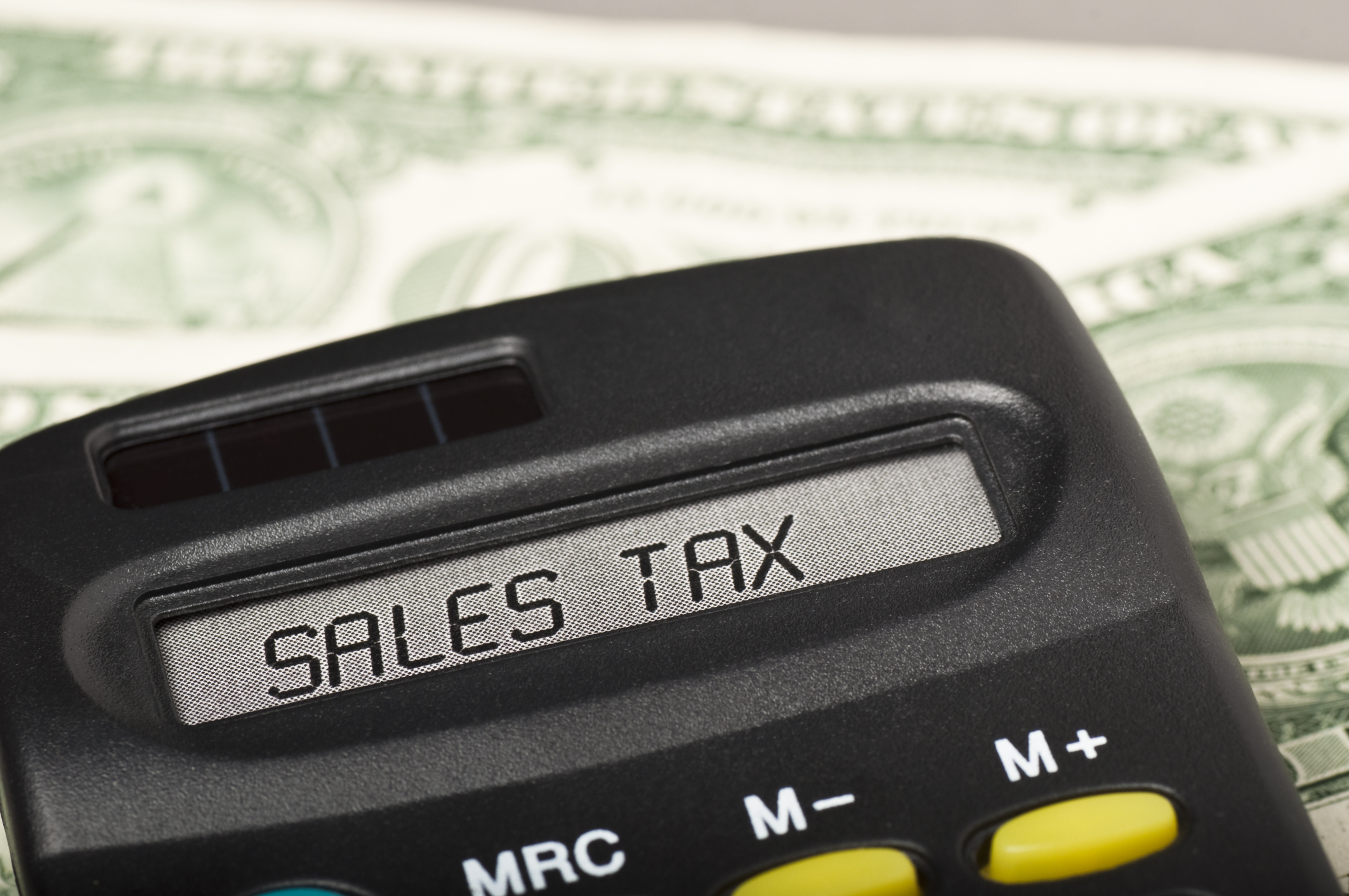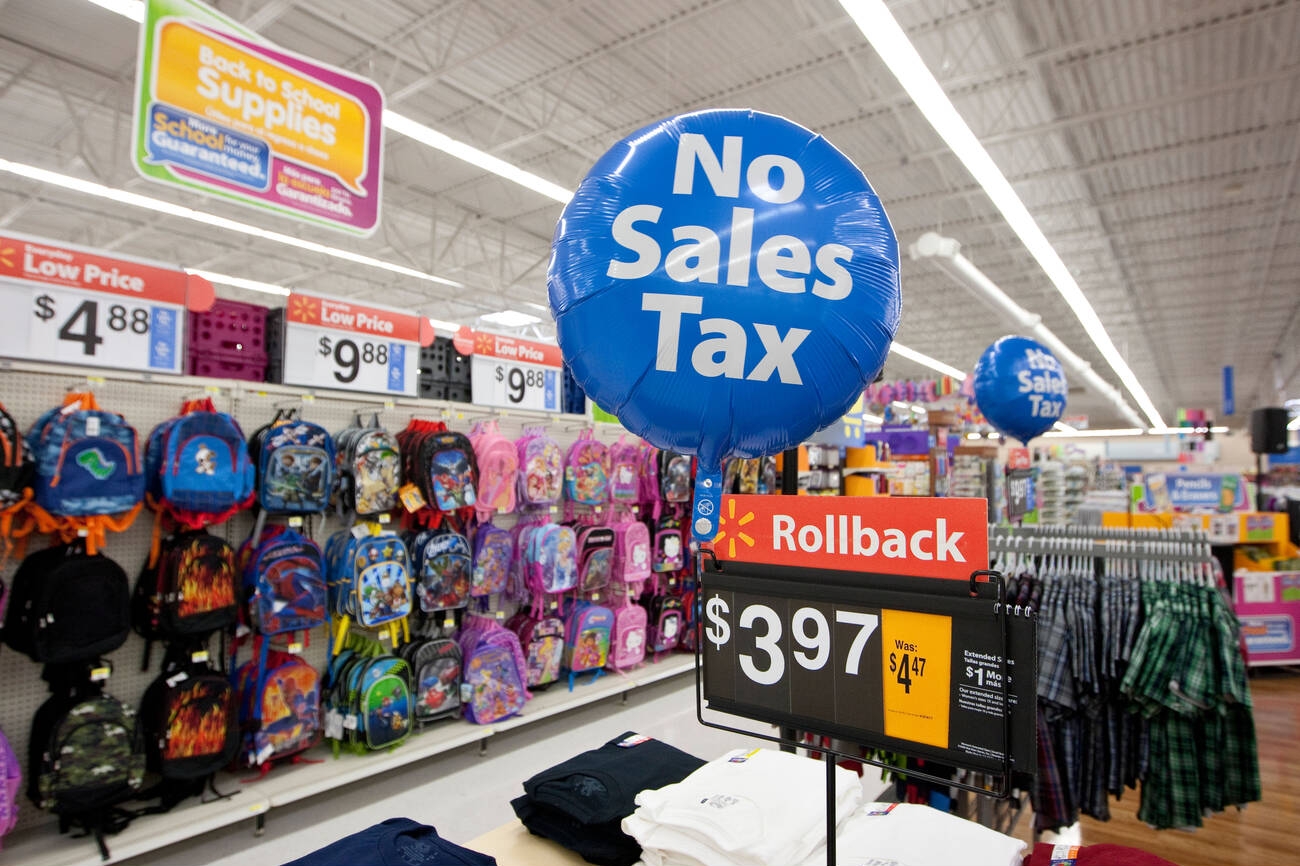In 1994, 98 million consumers purchased merchandise from mail order catalogs or from TV shopping channels. In 2017, that number rose to a staggering 1.66 billion consumers – and this number doesn’t even include purchases made from brick and mortar stores.
What do these purchases have in common? Sales tax. It’s likely that sellers will be required to collect some type of tax on the majority of these purchases. In April 2018, the U.S. Supreme Court heard arguments in the case of South Dakota v. Wayfair, which could dramatically affect the sales tax reporting obligations of all businesses with sales (ecommerce or traditional) in any state. A ruling in the case is expected this summer.
But online sales taxes aren’t new, of course. Depending on where they had locations and other nexus, many merchants have been collecting sales tax and filing the necessary forms with state, county, city, and local agencies for a very long time. And while always a fairly tedious task, it was also a relatively straight-forward process. However, as online merchants such as Amazon.com and eBay exploded in sales, and more people began selling online, the tax collection and remittance process became a little more complicated in the process. Now, merchants were forced to collect state sales tax from recipients based on the state where they lived. Now, instead of managing tax rates for one state, they had to manage rates for many of the states they were shipping products to. To complicate matters, more city and county jurisdictions added additional sales taxes in order to raise more revenue, sellers had to manage those tax rates as well, particularly since cities and counties rely on sales tax revenue to maintain a balanced budget.
Today, perhaps more than ever before, merchants and businesses need to have a program in place that makes the process easier. This is the case for the sole entrepreneur as well as the merchant selling their products world-wide. Accounting professionals that handle sales tax processing and remittance for their clients need that same capability on an even larger scale. Most tax institutes have estimated that there are close to 10,000 tax jurisdictions in the U.S. alone, making it near impossible to track the information manually?
Another issue that has popped up in recent years is the sales tax holiday, which is typically implemented around back to school time, or around the holidays, where sales tax collection is temporarily halted. Add to that the ever-changing tax rules and regulations at the state, country, and city level, even the one-person office could benefit from using sales and use tax software.
In this issue, we review several sales and use tax software products that are designed to make managing sales tax functions easier. Many of the products offer tracking and filing in all the necessary states, though a few offer filing capabilities in only a few states. A few even offer overseas collection and filing.
The products looked at in this issue include:
- Avalara AvaTax
- Avalara TrustFile
- Sales Tax Rates from Bloomberg Tax
- CFS Tax Software
- e-File Sales Tax
- SureTax
- Tax Jar
- Thomson Reuters ONESOURCE Determination and Compliance
- Vertex SMB
- Wolters Kluwer CCH Sales Tax Office
While many business owners have turned to their accountant to handle sales and use tax filing, other businesses continue to handle sales and use tax in-house. To make things a bit easier, we included a chart of features found in each of the products. Here are some of the areas where we looked at in each category.
Basic Systems
- How is the sales tax database maintained? Is it updated automatically by the vendor, or do users have to update the product manually?
- Does the product offer solid integration with other accounting applications?
- What are the data output options? Can users save the forms as a PDF or other file format?
- What forms are supported?
- Reporting options available
- Does the product handle multiple companies? Can users access all of the companies from a single user interface?
- Help and support options available
Automated Systems
- Integration with third-party accounting applications
- Reporting options
- Does the product offer automated filing and payment options?
- Taxation rules database available
- Sales tax exemption certificate management
- Geolocation for online/mobile service
- Does the product offer address verification?
- Is VAT processing available?
- Availability of Consumer Use Tax processing
So, whether you’re a business owner looking to track, calculate, and submit taxes for your business, or an accounting professional looking for a system that can handle multiple clients, this review can be a good start in your search for the system that will work best for you.
Thanks for reading CPA Practice Advisor!
Subscribe Already registered? Log In
Need more information? Read the FAQs
Tags: Sales Tax





